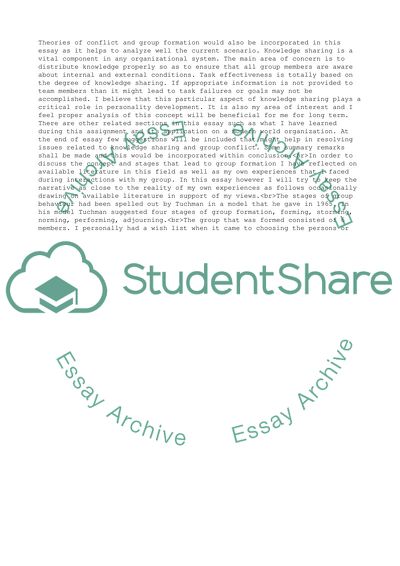Cite this document
(Conflict and Knowledge sharing with the group Essay, n.d.)
Conflict and Knowledge sharing with the group Essay. https://studentshare.org/human-resources/1853711-conflict-and-knowledge-sharing-with-the-group
Conflict and Knowledge sharing with the group Essay. https://studentshare.org/human-resources/1853711-conflict-and-knowledge-sharing-with-the-group
(Conflict and Knowledge Sharing With the Group Essay)
Conflict and Knowledge Sharing With the Group Essay. https://studentshare.org/human-resources/1853711-conflict-and-knowledge-sharing-with-the-group.
Conflict and Knowledge Sharing With the Group Essay. https://studentshare.org/human-resources/1853711-conflict-and-knowledge-sharing-with-the-group.
“Conflict and Knowledge Sharing With the Group Essay”. https://studentshare.org/human-resources/1853711-conflict-and-knowledge-sharing-with-the-group.


